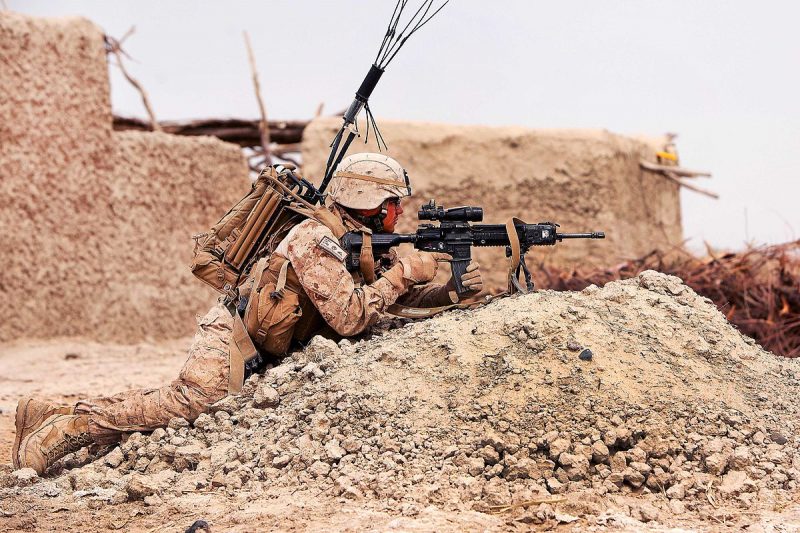In April, the House of Representatives’ subcommittee on Tactical Air Land in the House Armed Services Committee put language in the proposed National Defense Authorization Act that sought to limit funding for the US Marine Corps to continue purchasing M27 Infantry Automatic Rifles (IARs).
The subcommittee was seeking to withhold 20% of new funding for buying new M27s until they received more information about the Corps’ small arms program from Commandant General Robert B. Neller.
The bill passed the Senate with the wording intact and now waits for President Donald Trump’s signature.
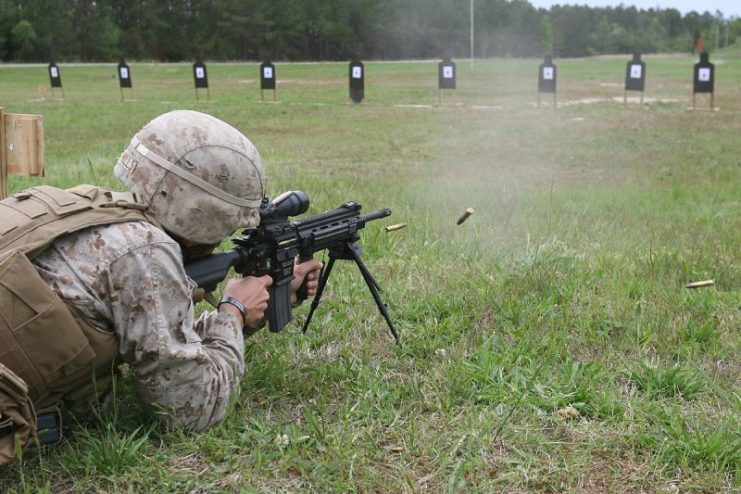
This is the fastest that Congress has passed the defense budget in forty years. Senator John McCain (R-AZ) issued a statement praising the leadership of both the House and Senate for working hard to get the budget passed so quickly.
In April, the Marine Corps awarded a $29.4 million contract to Heckler & Koch for M27s. $7.4 million of that contract was for the first 5,650 IARs at an average cost of $1,300. That is $1,700 less than what the Marines have paid in the past.
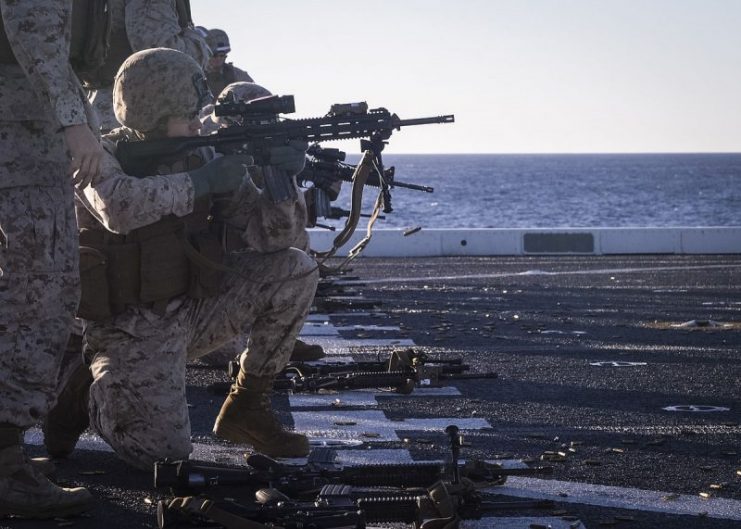
The additional IARs purchased in the contract were intended to replace the M4 carbine used by both active and reserve infantry platoons.
The Marines are very pleased with the performance and reliability of the M27. They have found it capable of firing even when the bore is initially full of water, and then it continues to work afterwards. The weapon also requires less maintenance than the M4.
The Corps plans to outfit all Riflemen with the new M27s and use their old M4s in other units. Those units are currently using the old M16A4, which has been shown to be inferior to the M4, so the plan appears to be an improvement across the Corps.
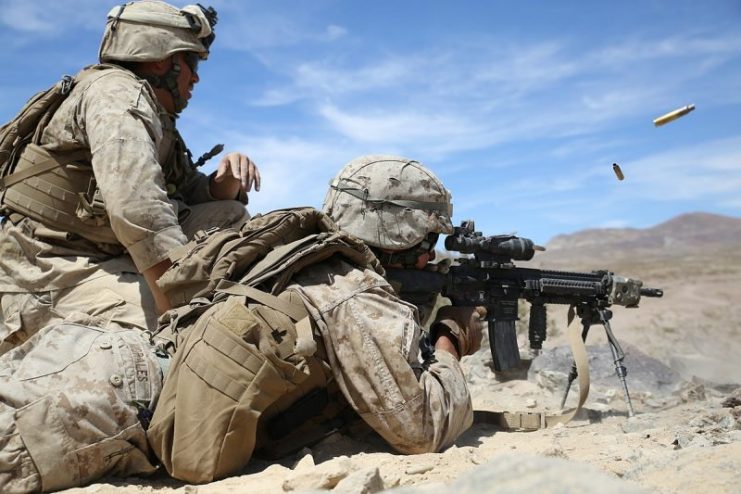
However, some in Congress wondered about the cost. The M4 costs $1,329.00 per rifle. The price that Congress received for the M27 was $3,000 per unit–which includes suppressors, advanced sights and other “add-ons” that make the rifle more useful to the Marine carrying it. The price of the weapon itself is much more in line with the M4.
Others in Congress are concerned about plans to upgrade to small arms that fire 6.8mm rounds as opposed to the 5.56mm round used by the M27. They want the Marine Corps and Army to work together to obtain efficiencies in scale by purchasing the same weapons for both services.
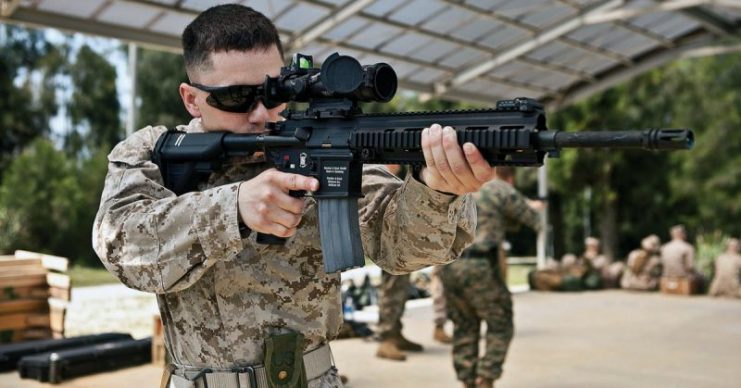
The new Defense Budget withholds 20% of the funding for the new M27s until the Marines can demonstrate how they intend to work with the Army to update their small arms.
There are fundamental differences between the two services that require different weapons, according to retired Chief Warrant Officer 5 Christian Wade. The Marines use different squads with different weapons. He cited the M27s ability to work when wet as one aspect that suits the M27 to the type of deployment seen by Marines.
The Army typically takes ten years to approve a new weapon, and frequently abandons ideas before they are fully supported. Meanwhile, the M27 is available now and has already proven to be more efficient for Marines than the current M4.
It is frustrating to Wade that Congress would withhold 20%. To him, the fact that they would fund 80% of the rifles shows that they are not concerned about the weapon in the field and are withholding the money for other reasons.
For their part, Marine leadership has stated that they are working on providing Congress with the information they requested in order to free up that additional funding. They also said that they look forward to continuing their partnership with the Army to continue developing next-generation weapons.
The Army, meanwhile, is working to upgrade their small arms, testing both a new carbine and a new automatic rifle which will replace the M249 Squad Automatic Weapon (SAW). There is no timeline for releasing the new weapons, but the plan is to update the SAW first.
